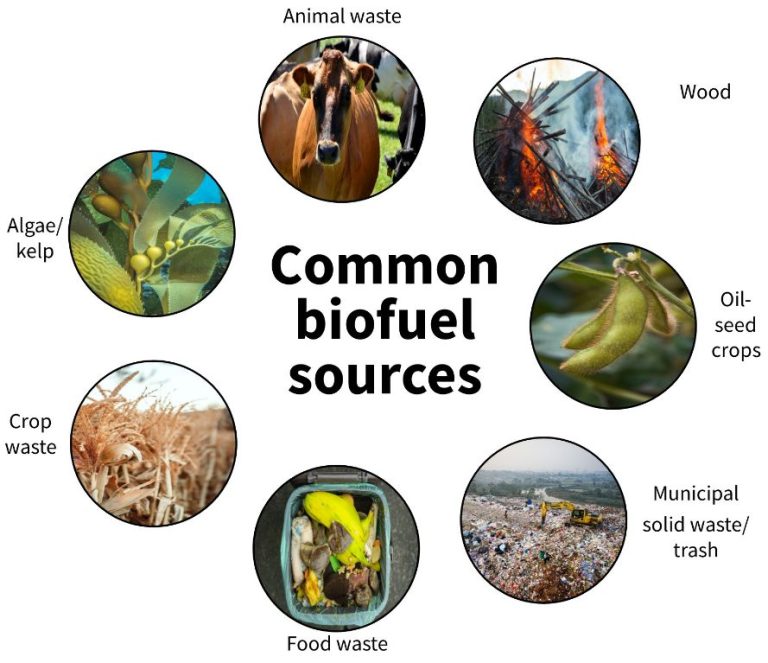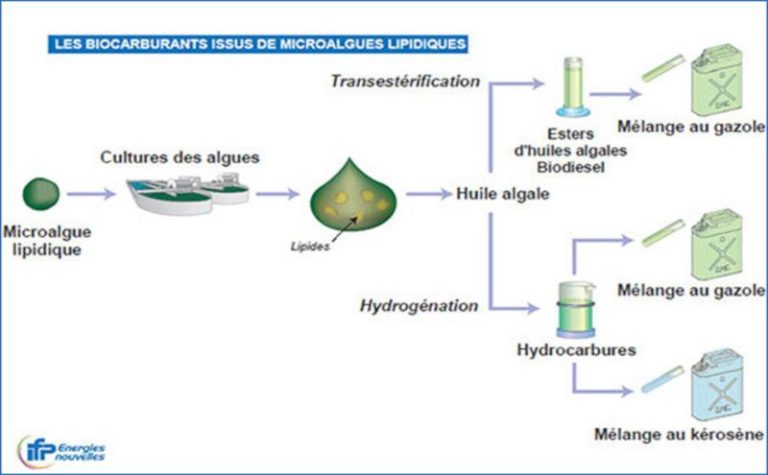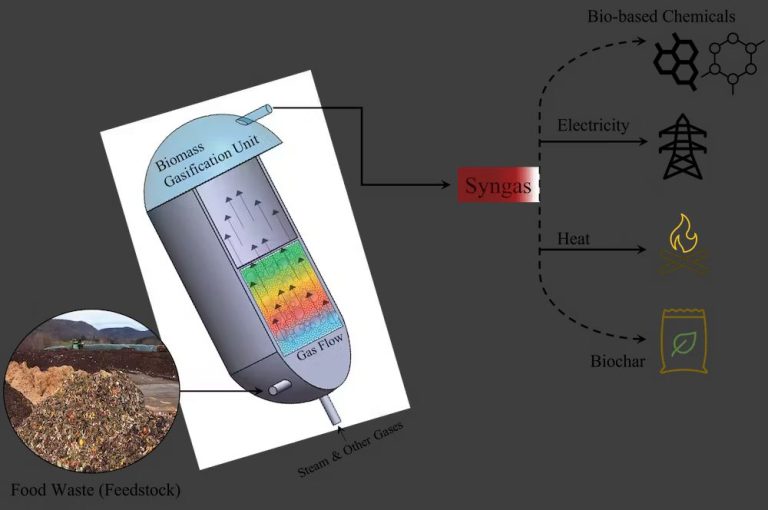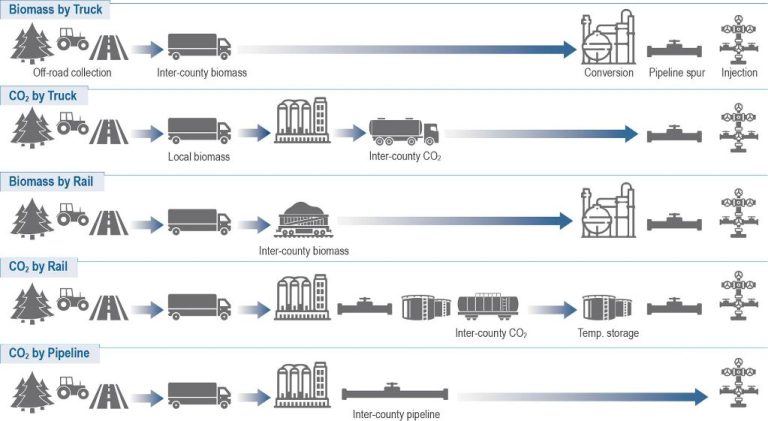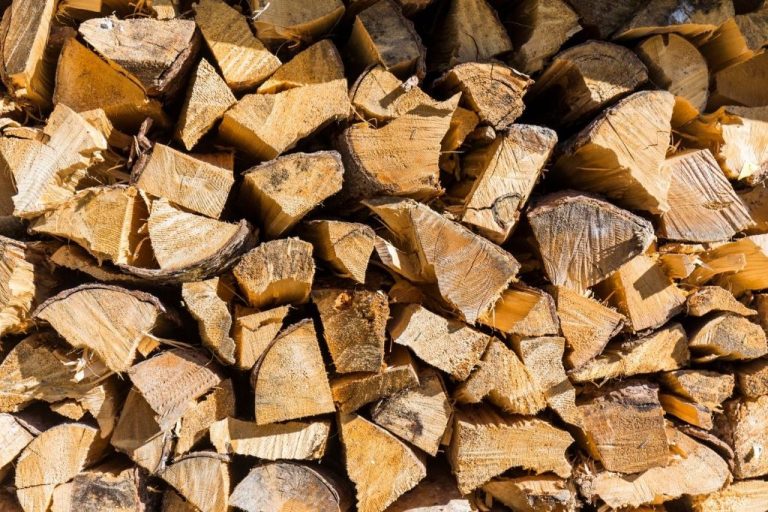What Is The Correct Definition Of Biomass?
Biomass is increasingly being used as a renewable energy source to generate electricity, produce transportation fuels like ethanol and biodiesel, and provide heat for homes and businesses. With rising concerns about climate change and energy independence, there is growing interest in transitioning from fossil fuels like oil, coal and natural gas to cleaner and renewable energy sources like biomass.
However, there is often confusion around what exactly biomass is. The term biomass can have different meanings in different contexts. Providing a clear definition of biomass is important for understanding its potential as an energy solution, as well as how it differs from other renewable sources like solar and wind.
Definition of Biomass
Biomass is defined as organic material that comes from plants and animals. More specifically, biomass refers to organic matter that can be converted into energy sources like biofuel or directly combusted to produce heat or electricity.
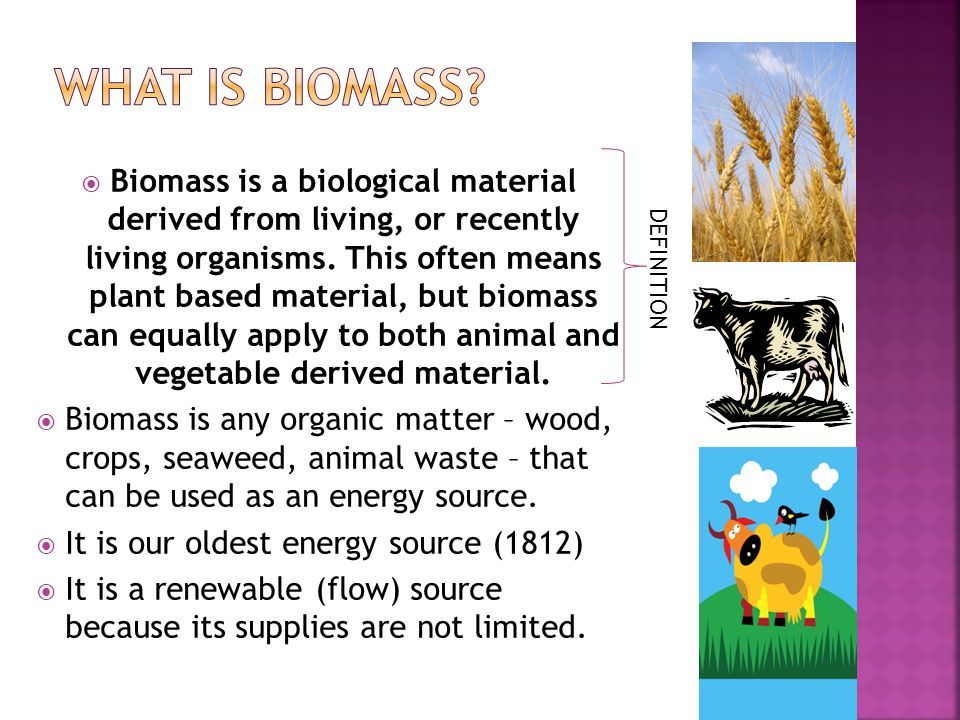
Biomass contains stored energy from the sun in the form of chemical bonds. The chemical energy in biomass was produced during photosynthesis, when plants absorbed energy from sunlight to convert water, carbon dioxide and minerals into nutrients. The main source of energy in biomass is carbohydrates called cellulose that plants produce.
Biomass can be burned directly or converted into liquid biofuels or biogas that contains energy. Common types of biomass used for energy include wood, crops, seaweed, and animal waste. The use of biomass for energy is carbon neutral, meaning the carbon dioxide released when burning biomass is offset by the carbon dioxide absorbed by plants through photosynthesis.
In summary, biomass is organic material derived from plants and animals that contains stored solar energy and can be used as an energy source or converted into liquid biofuels or biogas.
Types of Biomass
Biomass can be categorized into several major types based on its source:
Wood and Wood Waste
Wood and wood waste, including trees, bushes, branches, bark, sawdust, and scrap wood from lumber mills or wood product manufacturing, make up a significant portion of biomass. Wood can be specifically grown and harvested from forests and plantations to produce wood chips, pellets, or rough wood that can be burned to create heat and energy.
Agricultural Crops and Waste
Biomass also includes agricultural crops grown specifically for energy production, such as switchgrass, hemp, and eucalyptus. Additionally, biomass includes agricultural waste, such as straw, sugar cane residue, olive and rice husks, coconut shells, and nut shells. These can be burned or converted into fuel.
Food, Yard, and Animal Waste
Organic municipal solid waste like food scraps, yard waste like grass clippings, and animal waste or manure can be processed into biogas or biofuel. Sewage sludge can also be anaerobically digested. These waste sources are rich in organic matter and can be recycled into useful energy.
Landfill Gas and Biogas
Biogas produced from the natural decomposition of organic material in landfills and digesters is another form of biomass. This gas is methane-rich and can be captured and used to generate electricity and heat.
Sources of Biomass
Biomass can be sourced from a variety of places including forests, farms, landfills, and more.
Forests provide a significant source of biomass in the form of wood, bark, branches, leaves, and more. Logging residues like treetops and branches left over from timber harvesting are commonly used. Trees that are killed by disease, fires, or pests also provide biomass resources. In sustainable forestry, replanting occurs to regrow the supply of biomass.
Farms generate biomass waste including corn husks, sugar cane waste, straw, and manure. These agricultural residues can be burned or converted into fuel. Crops can also be grown specifically to produce biomass for energy use, such as switchgrass or fast-growing trees.
Landfills contain organic waste like yard trimmings, paper, food scraps, and wood waste that can be harnessed to create biomass energy. This helps reduce methane emissions from decomposing waste. Wastewater treatment plants also produce biosolids that contain energy-rich organic matter.
Additional biomass resources include algae, grasses, industrial waste, and municipal solid waste. There are diverse sources of biomass across forests, farms, landfills, and other locations.
Using Biomass for Energy
Biomass can be converted into useful energy forms like heat, electricity, and transportation fuels in several ways. The most common methods include:
Direct Combustion: Biomass is burned directly to produce heat and generate steam that can be used to drive turbines for electricity generation. Materials like wood, agricultural residues, and solid waste are commonly used for direct combustion.
Co-firing: Biomass is burned along with coal in existing power plants to reduce emissions and utilize waste materials. Up to 15% biomass can be co-fired in coal plants without extensive modifications.
Gasification: Biomass is heated with a controlled amount of oxygen to produce a combustible gas called syngas. Syngas can be burned directly for heat or power generation.
Pyrolysis: Biomass is heated in the absence of oxygen to produce bio-oil, syngas, and biochar. Bio-oil can replace heating oil, while syngas can produce renewable electricity.
Anaerobic Digestion: Bacteria break down biomass in the absence of oxygen to produce biogas containing methane. This biogas can be burned for heat and power generation.
Fermentation: Biomass with high sugar or starch content can be fermented to produce ethanol, which is a renewable transportation fuel.
These conversion processes allow biomass to be a versatile source of renewable energy for electricity, transportation, and heating needs. The use of waste biomass is especially beneficial, as it reduces waste while generating clean energy.
Advantages of Biomass
There are several key advantages that make biomass an appealing source of renewable energy:
Renewable – Biomass contains stored energy from the sun. Plants absorb the sun’s energy through photosynthesis as they grow. When biomass is burned, this stored solar energy is released. Since plants can be replanted, biomass is considered a renewable source of energy.
Abundant – Biomass is readily available across the globe. It can come from diverse sources like forests, farms, and waste streams. The bountiful supply of biomass makes it a viable renewable option.
Reduces Waste – Using organic waste materials like municipal solid waste, landfill gas, and agricultural residues for biomass energy prevents emissions from waste decomposition and reduces the amount of waste sent to landfills.
Local Resource – Biomass facilities can be located close to the fuel source, providing local jobs and energy security. Biomass often utilizes waste materials near the source, avoiding long distance transportation.
Disadvantages of Biomass
While biomass offers some benefits as an energy source, it also comes with some downsides. Some of the main disadvantages of using biomass for energy include:
Pollution concerns – Biomass energy can contribute to air pollution if not properly controlled and regulated. Burning biomass releases carbon monoxide, nitrogen oxides, volatile organic compounds, particulates and other pollutants into the air. This can have negative impacts on the environment and human health.
Land use issues – Large-scale biomass energy facilities require significant amounts of land to grow the feedstocks. This could potentially divert land away from other uses like growing food crops. There are debates around whether biomass production leads to deforestation and food vs. fuel issues.
Low energy density – Biomass generally has a low energy density compared to fossil fuels, meaning more storage space is needed for an equivalent amount of energy. Transportation and storage of bulky biomass materials adds to the costs.
While biomass can provide clean, renewable energy, these disadvantages need to be considered and addressed through proper policies, regulations and sustainable practices in order to mitigate the potential downsides.
Biomass vs. Fossil Fuels
When comparing biomass and fossil fuels in terms of carbon emissions and sustainability, biomass has some clear advantages. Fossil fuels like coal, oil, and natural gas emit high levels of greenhouse gases like carbon dioxide when burned. This adds new carbon to the atmosphere that has been locked away underground for millions of years. Biomass, on the other hand, only releases the carbon that the plants absorbed during their lifetime, creating a closed carbon loop. While both biomass and fossil fuels release carbon dioxide when burned, the carbon in biomass is part of the natural short-term carbon cycle while fossil fuel carbon alters the long-term carbon cycle.
In terms of sustainability, biomass resources can be replanted and regrown fairly quickly, making them a renewable resource. Fossil fuels, in contrast, take an extremely long time to form naturally, essentially making them non-renewable on human timescales. Additionally, the extraction and use of fossil fuels creates substantial environmental damage, while modern biomass production can be managed sustainably. All energy sources have their advantages and disadvantages, but when it comes to carbon emissions and sustainability, biomass tends to be a greener and more renewable option compared to fossil fuels.
Future of Biomass
As the world searches for renewable and sustainable energy solutions, biomass is poised to play an increasing role in the global energy mix. Compared to other renewable sources like solar and wind, biomass has the advantage of being able to produce energy on demand. This makes it easier to integrate into existing infrastructure. The bioenergy sector has grown rapidly over the last decade, but its full potential remains largely untapped.
Biomass energy capacity is expected to grow substantially in the coming decades, driven by falling technology costs, supportive government policies, and increased private investment. Many countries have set ambitious targets for biomass usage and development. For example, the European Union aims to fulfill at least 27% of its energy needs with renewables by 2030, and it expects biomass to provide around half of this target. The EU also plans to increase the share of advanced biofuels in transportation to over 3% by 2030. The United States aims to have biomass account for 17-30% of its transportation fuels by 2030 in addition to using biomass to generate electricity.
Conclusion
In summary, biomass is organic material that comes from plants and animals, and it can be used as a renewable energy source. The key facts about biomass are:
- Biomass contains stored energy from the sun.
- Plants absorb CO2 from the air as they grow, and this carbon is then released when biomass is burned, creating a balanced carbon cycle.
- Common sources of biomass include forests, crops, landfill gas, and garbage.
- Biomass can be directly burned to produce heat or converted to various forms of fuel like ethanol and biodiesel.
- Using biomass as energy can help reduce dependence on fossil fuels.
- Biomass is considered carbon neutral because the CO2 released is equal to the amount plants absorbed as they grew.
Having a clear understanding of what biomass is and its key attributes as a renewable energy source is important when evaluating its pros and cons as an alternative to fossil fuels. The definition and facts about biomass highlighted here provide a solid foundation for informed discussion and decision-making around its future use and benefits.

